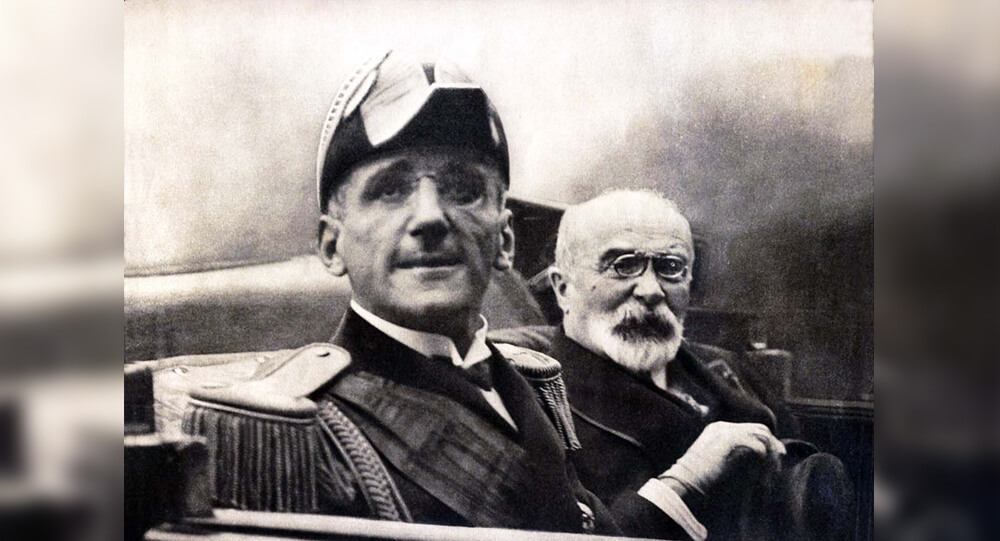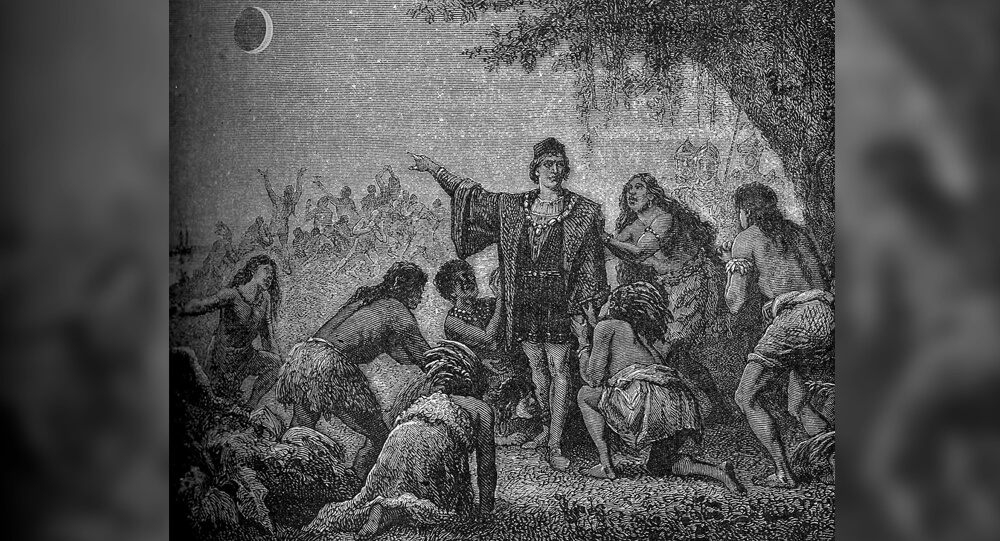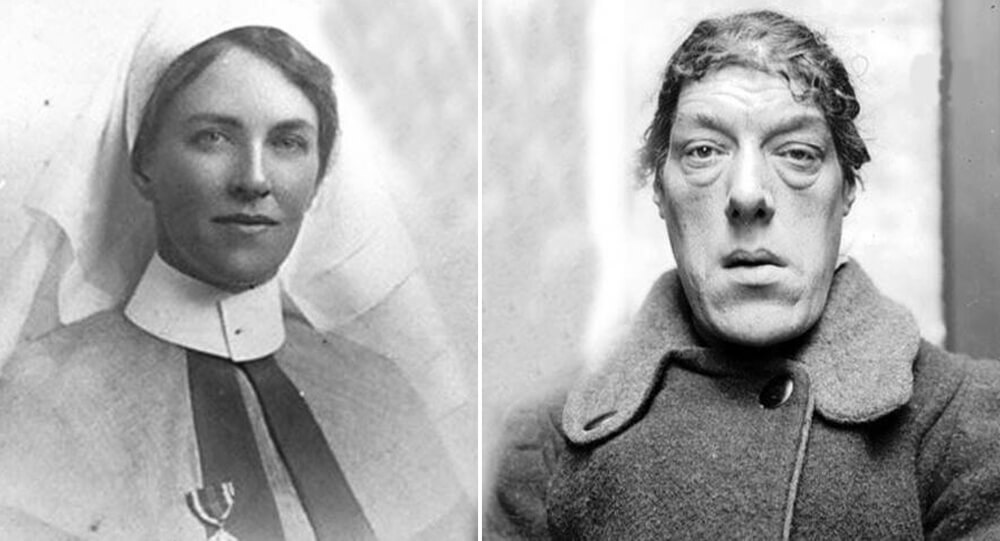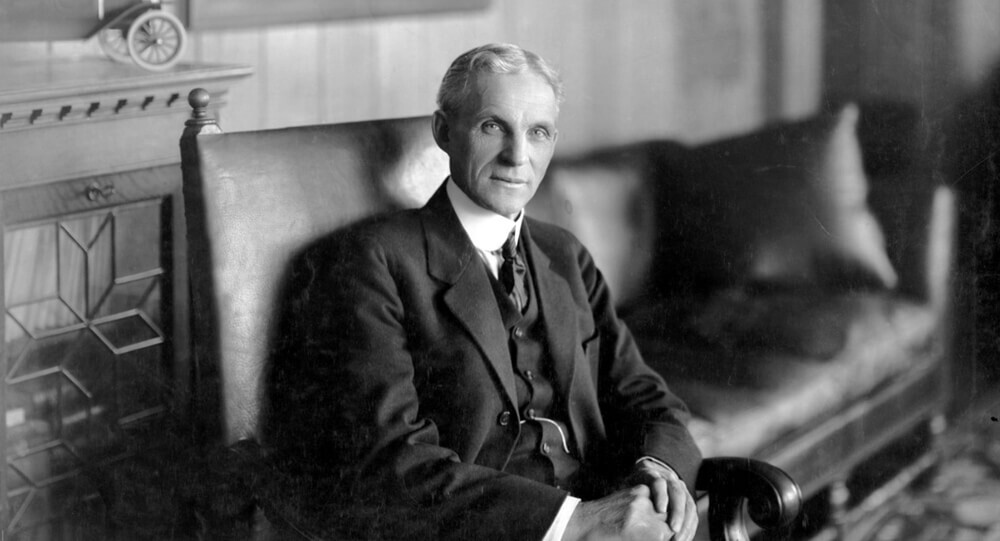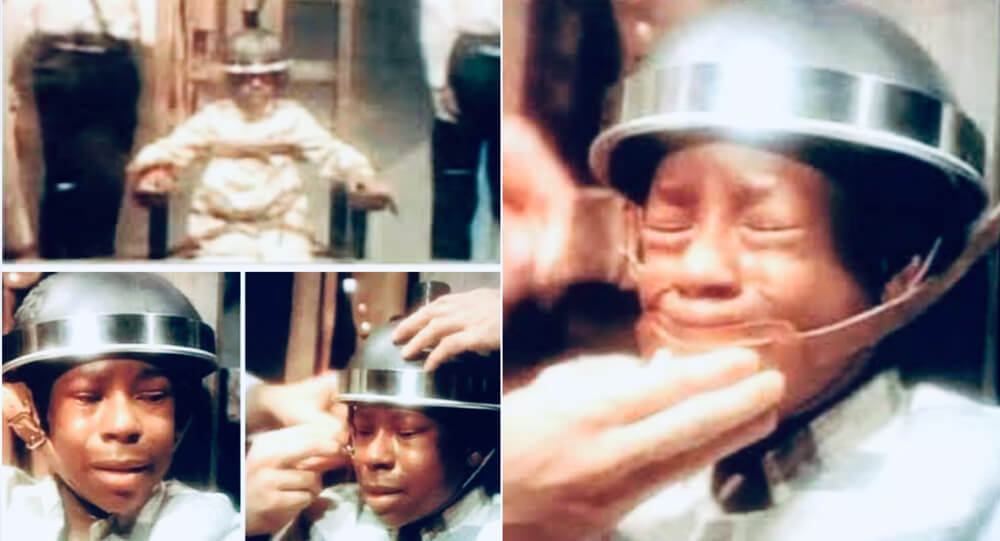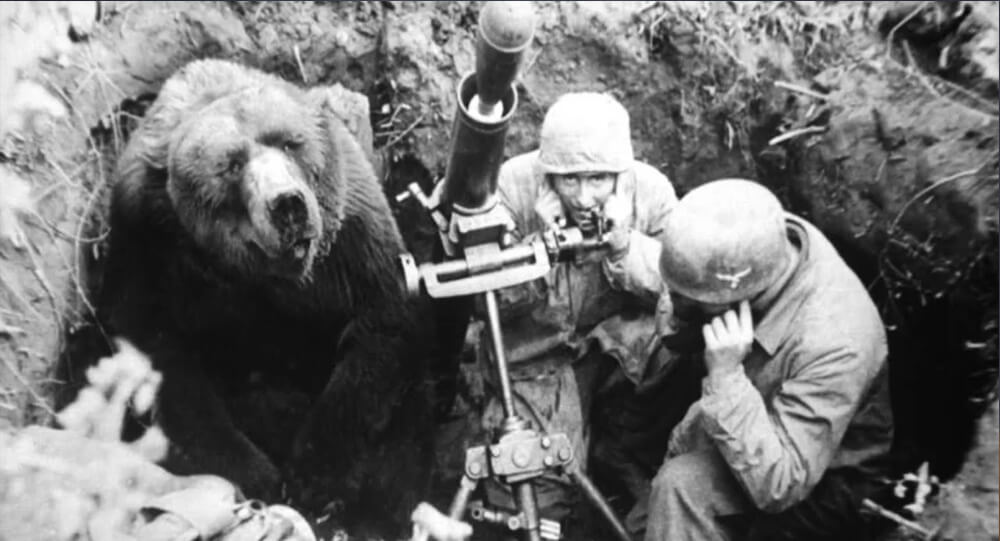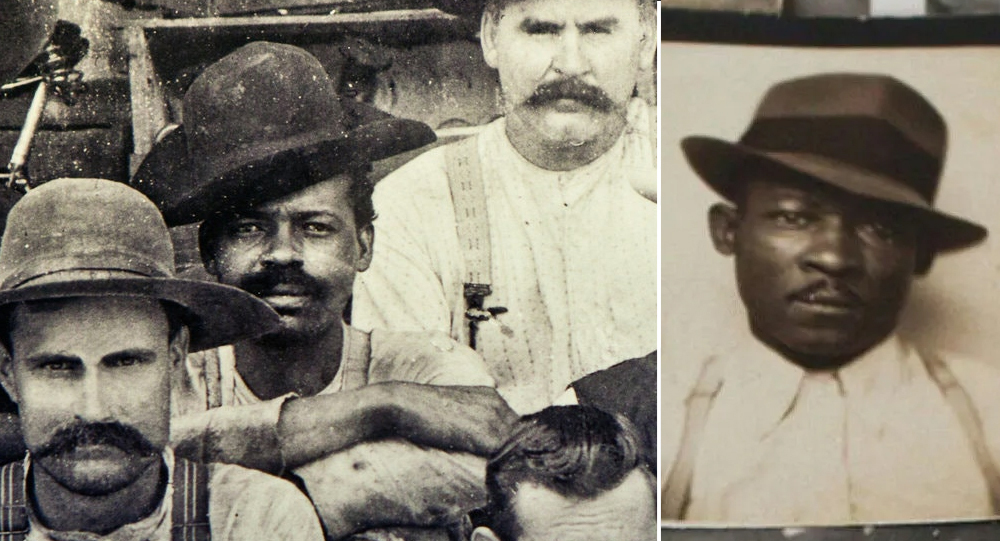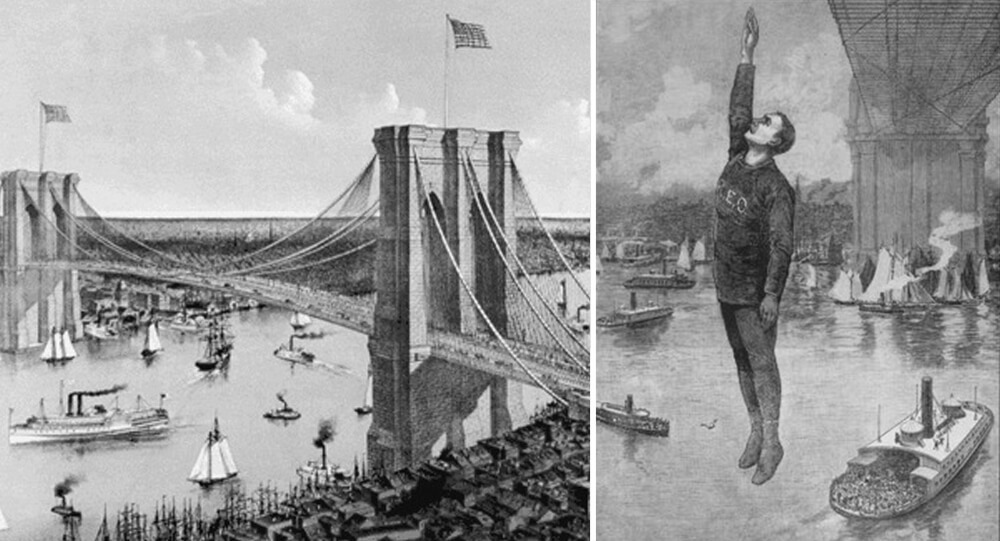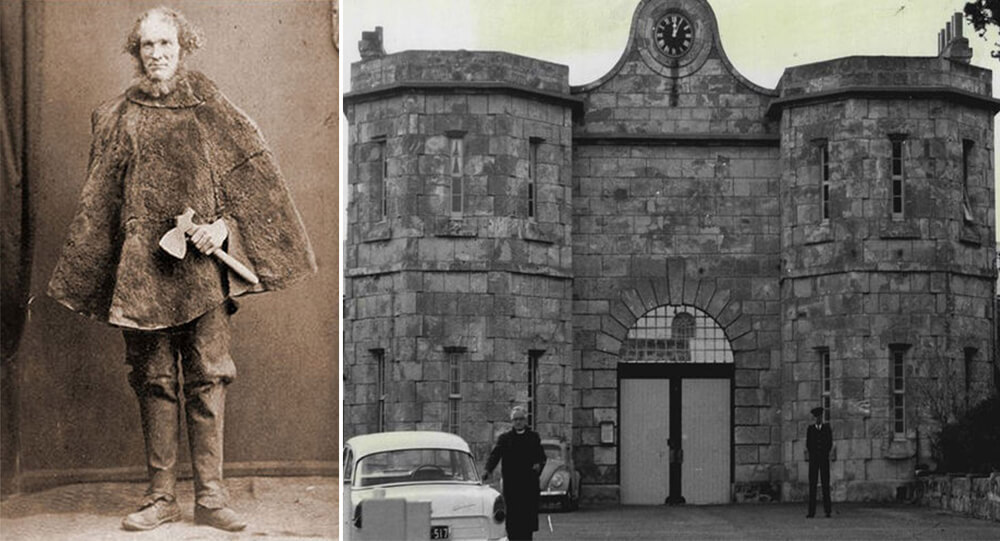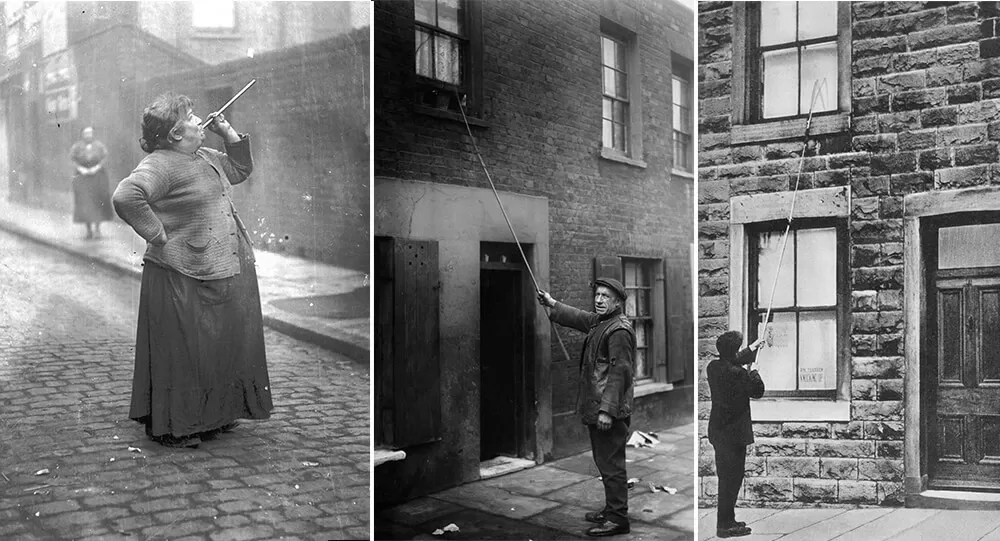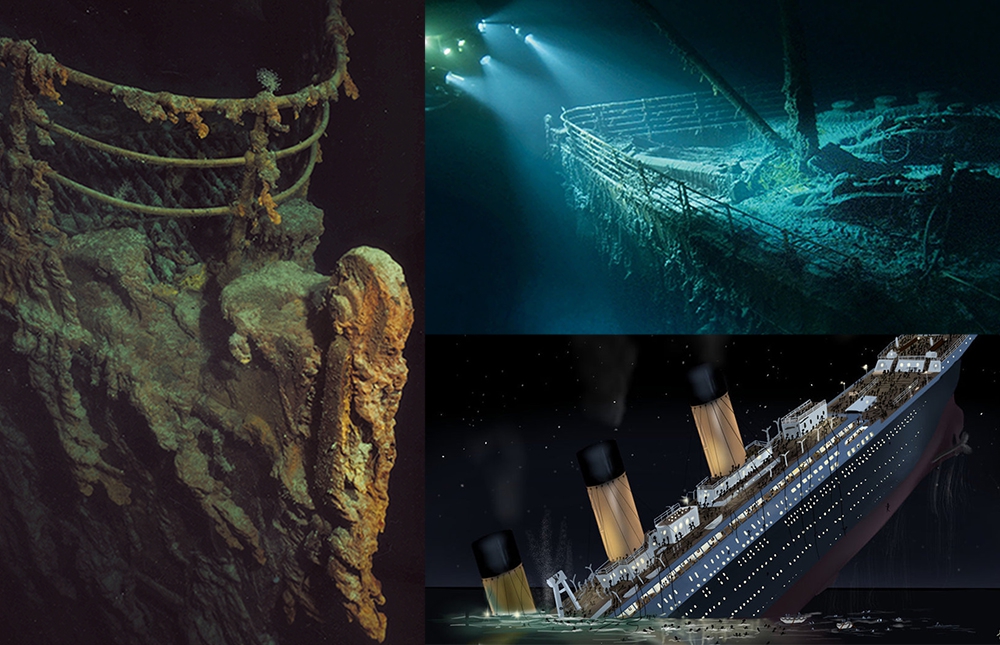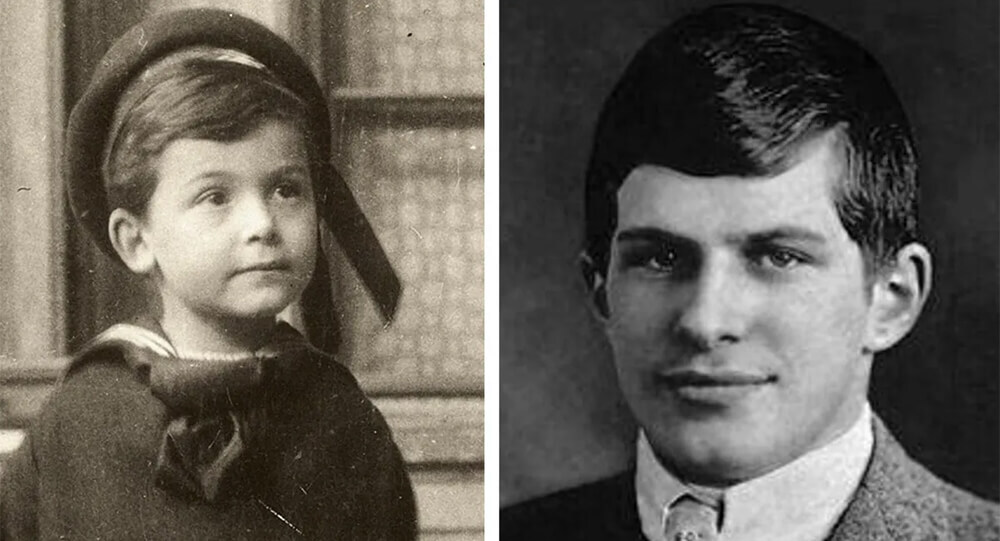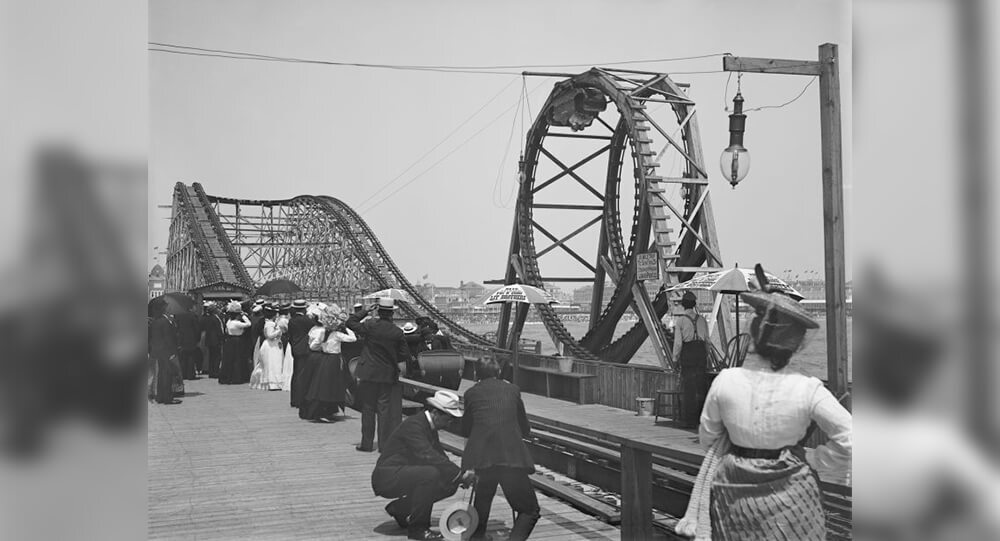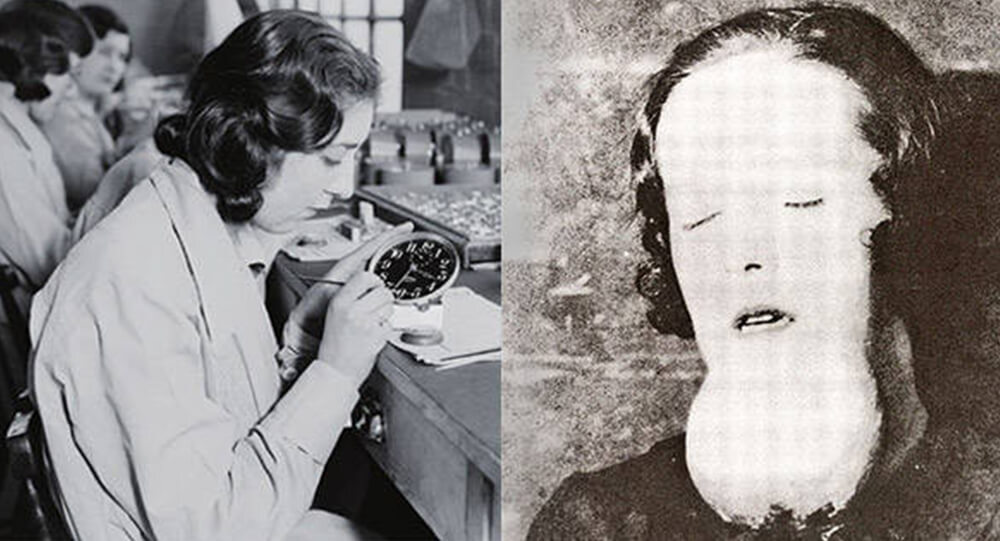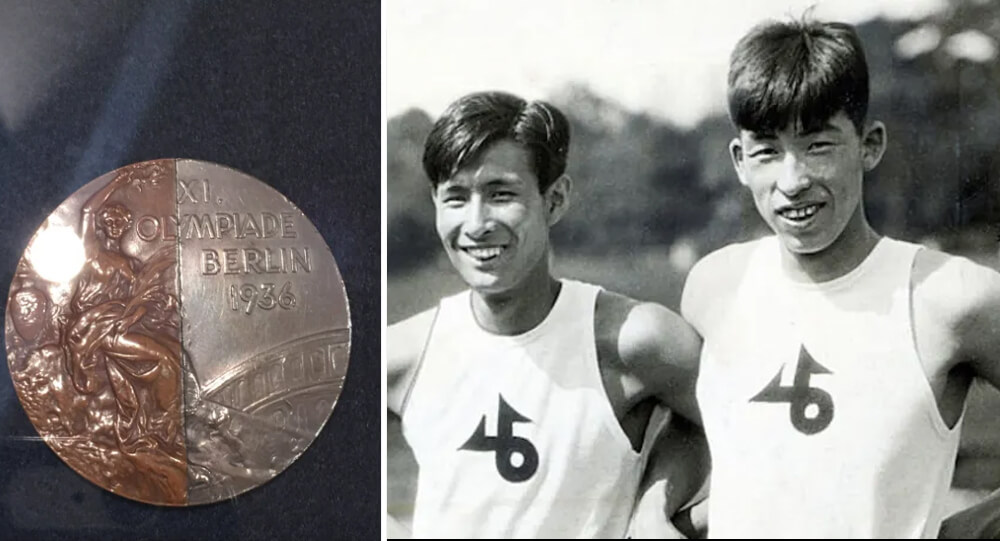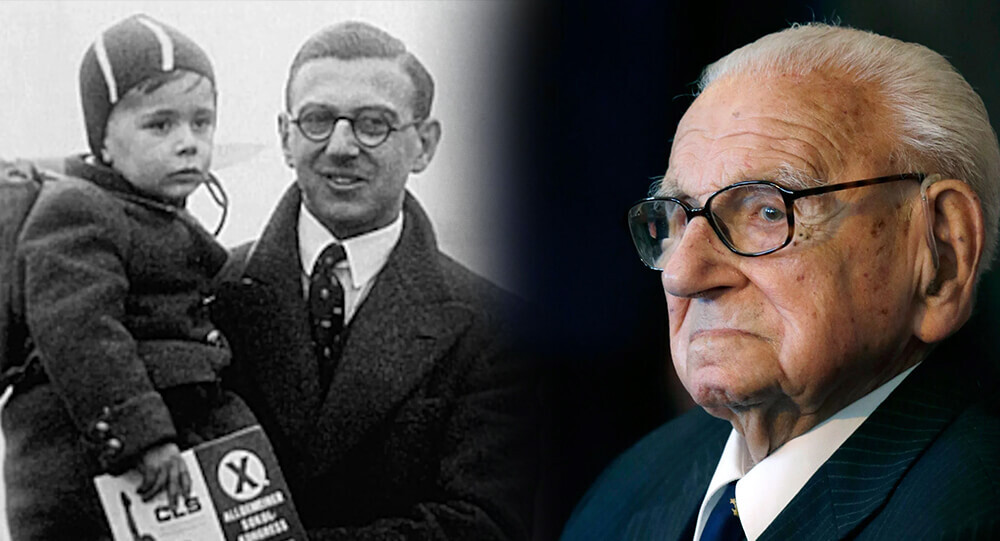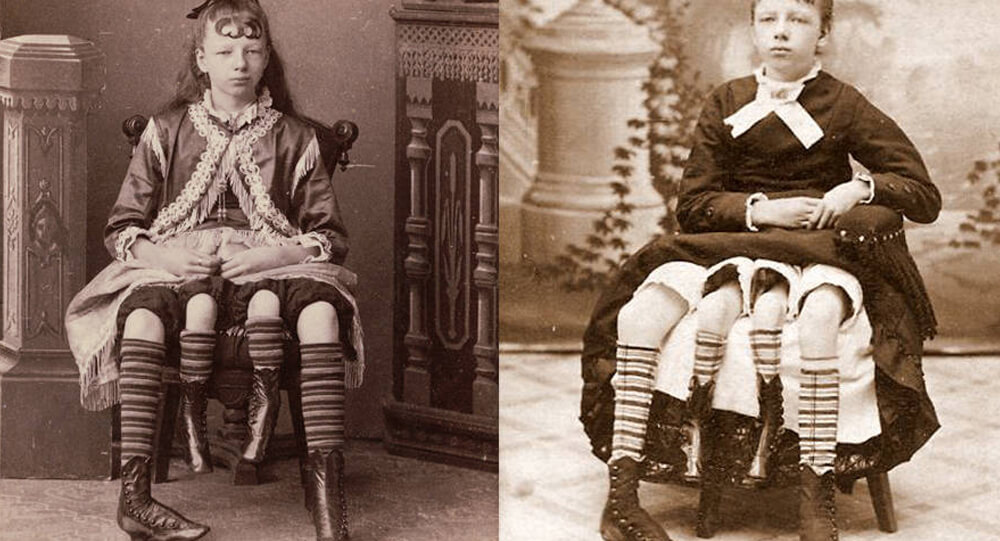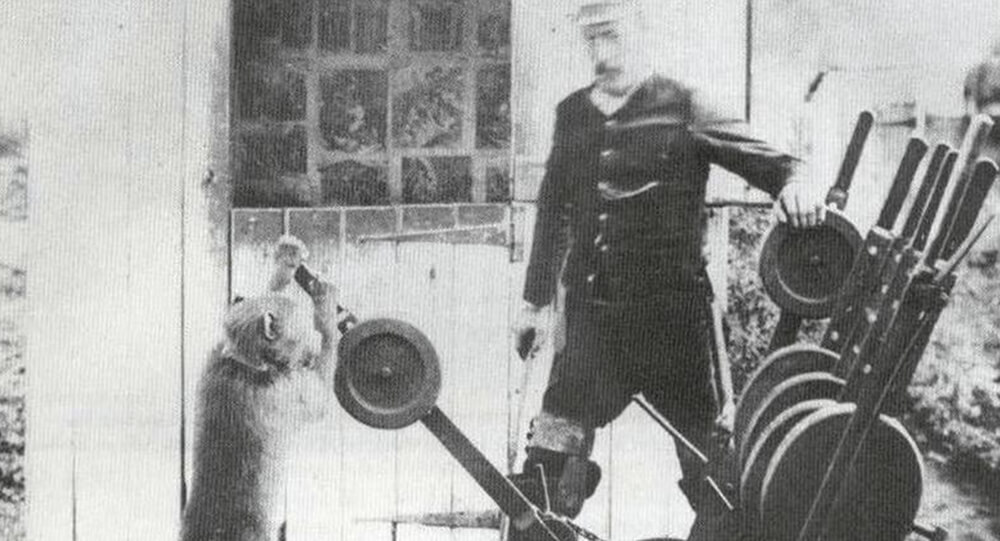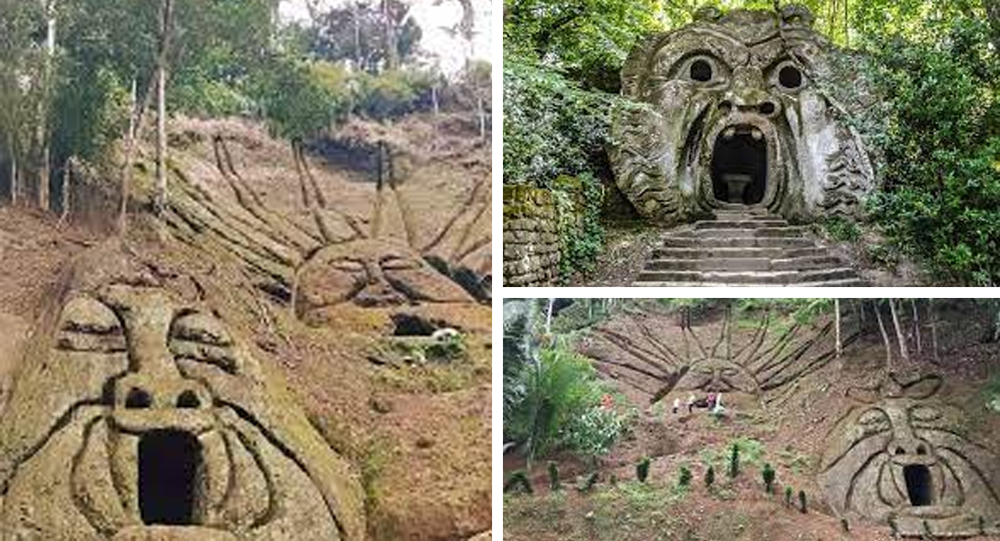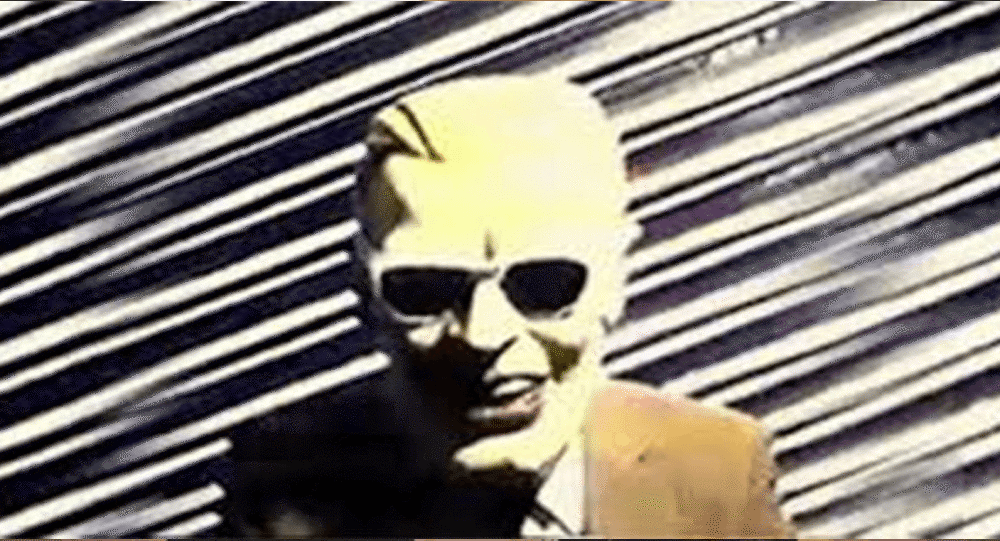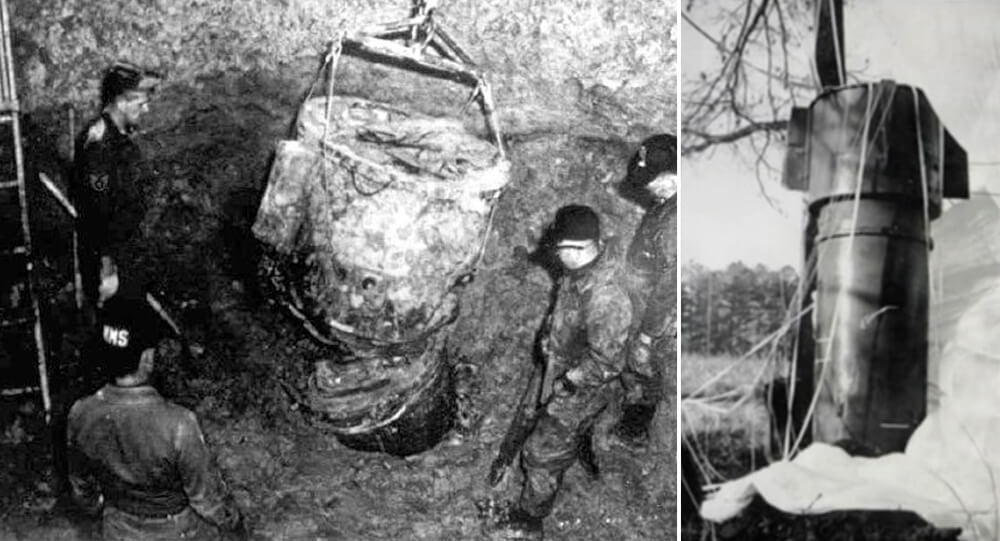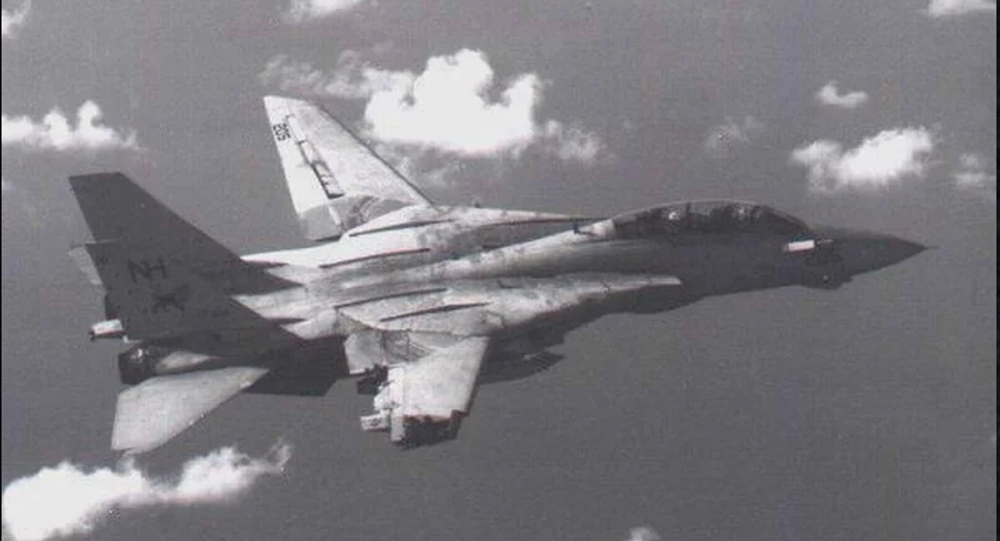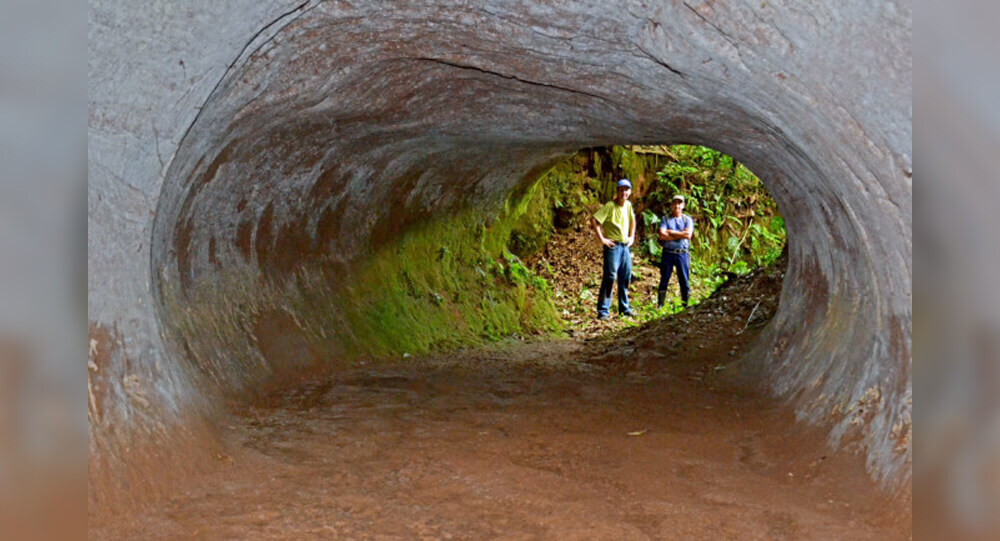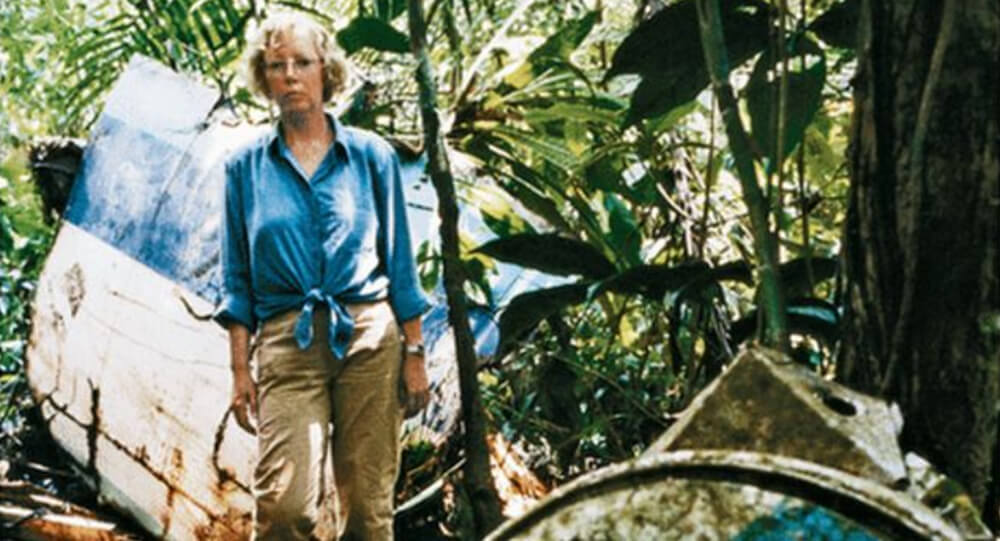

Juliane Koepcke: The Teenager Who Fell 10,000 Feet And Trekked The Jungle to survive
The 17-year-old was traveling from Lima, Peru, to Pucallpa, Peru’s eastern city, to see her father, who was working in the Amazonian Rainforest. Juliane Koepcke was born on October 10, 1954, in Lima, Peru. Her parents were both zoologists from Germany who moved to Peru to study wildlife.
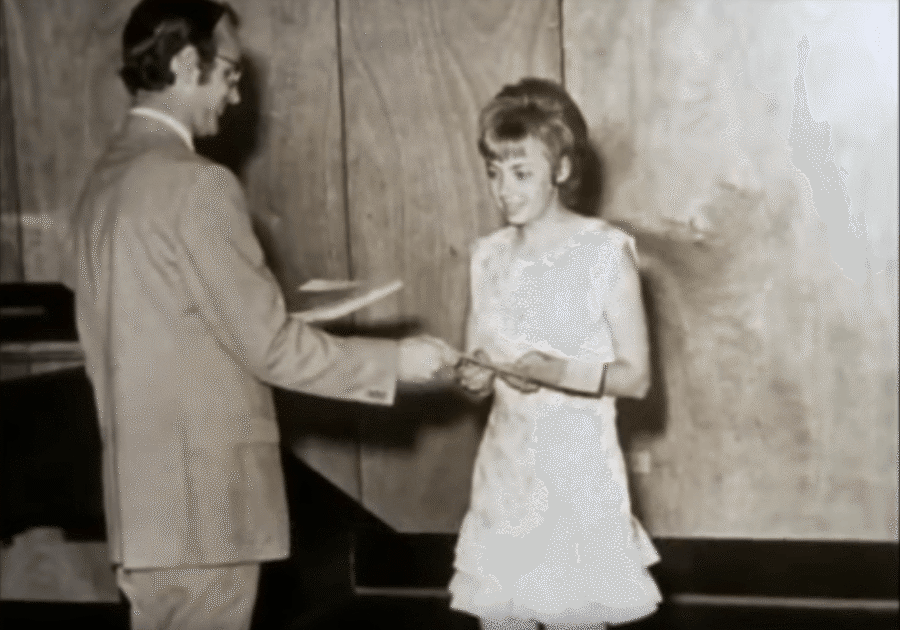
She had just received her high school diploma the day before the flight and planned to follow in her parents’ footsteps and study zoology.
The Crash Of LANSA Flight 508
The flight was supposed to last an hour. It was a smooth ride seated in 19F until the clouds darkened and the turbulence increased.
The plane was suddenly surrounded in a massive thunderstorm. The plane was surrounded in pitch-black clouds at this point, with flashes of lightning glistening through the windows. The plane was shattered when a lightning bolt struck the motor.
Then everything accelerated. “You can only try to reconstruct what really happened in your mind,” Koepcke said. People’s screams and the motor drowned out everything else until she could only hear the wind in her ears.
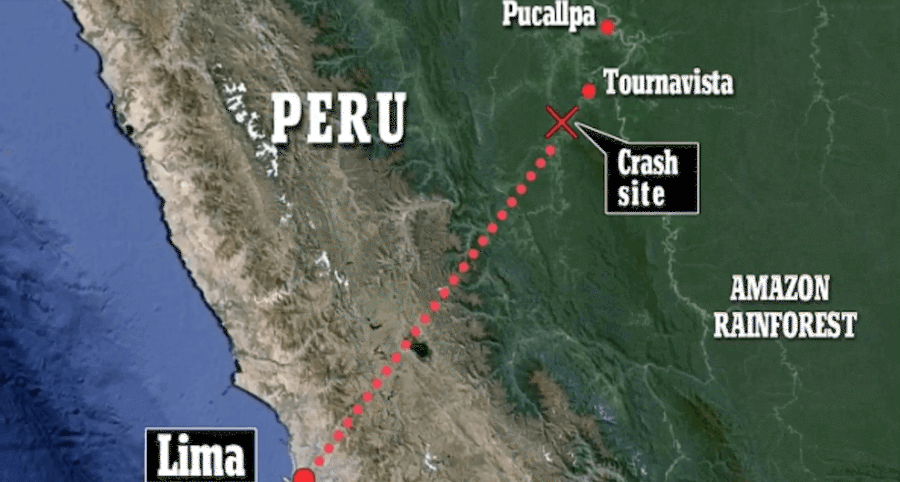
Juliane Koepcke, still strapped to her seat, had only realized she was free-falling for a few moments before passing out.
She fell down 10,000 feet into the Peruvian rainforest.
Juliane Koepcke Somehow Survives A 10,000 Feet Fall
Juliane Koepcke suffered a broken collarbone and a deep calf gash. But she was still alive. And she’d spend the next 11 days fighting for her life.
When she awoke the next morning, the concussion combined with the shock had limited her ability to process information. She’d made it through a plane crash. She couldn’t see out of one eye very well. She then went back to being unconscious. Koepcke took a half-day to fully recover.
She attempted to locate her mother but was unsuccessful. She discovered after she was rescued that her mother had survived the initial fall but had succumbed to her injuries.
In the midst of looking for her mother, Koepcke had come across a small well.
She was beginning to feel hopeless at this point, but then she remembered her father’s survival advice: if you see water, follow it downstream. “A small stream will flow into a larger one, and then into a larger one, and then into an even larger one, and eventually you’ll run into help.”
So her journey down the stream began. She walked and swam at different times. She came across three fellow passengers still strapped to their seats on the fourth day of her journey. They were all dead, except for one woman. Juliane Koepcke prodded the woman, assuming it was her mother, but it wasn’t. A bag of sweets was among the passengers. It would serve as her only food source for the rest of her days in the forest.
Around this time, Koepcke heard and saw rescue planes and helicopters overhead, but she was unsuccessful in attracting their attention.
The plane crash prompted Peru’s largest search in history, but due to the dense forest, aircraft were unable to spot any wreckage, let alone a single person. She couldn’t hear them after a while and realized she was on her own to find help.
On her ninth day in the jungle, Koepcke came across a hut and decided to rest there, thinking she’d die alone in the jungle. After that, she heard voices. And not just any old voices. Three Peruvian missionaries who lived in the hut owned them.
Juliane Koepcke said, “The first man I saw seemed like an angel.”
The men, on the other hand, were not so happy. They were a little scared of her at first, thinking she might be Yemanjábut, a water spirit they believed in. Nonetheless, they allowed her to stay another night, and the following day, they transported her by boat to a nearby hospital.
Koepcke was reunited with her father after receiving treatment for her injuries. She also assisted authorities in locating the plane, and they were able to locate and identify the crash victims over the course of a few days.
Juliane Koepcke was the only survivor of the 91 people on board.
Because she was interrogated extensively by the air force and police, in addition to being thrown into the public eye, her mourning and grief did not show up until later. Everything that had happened to her, her injuries, and the death of her mother. Juliane Koepcke developed a severe fear of flying and suffered from nightmares for years.
Life After Her Survival Story
In 1980, she went on to study biology at the University of Kiel in Germany, where she earned her doctorate. She returned to Peru to conduct mammalogy research. Juliane Koepcke became Juliane Diller after marrying.
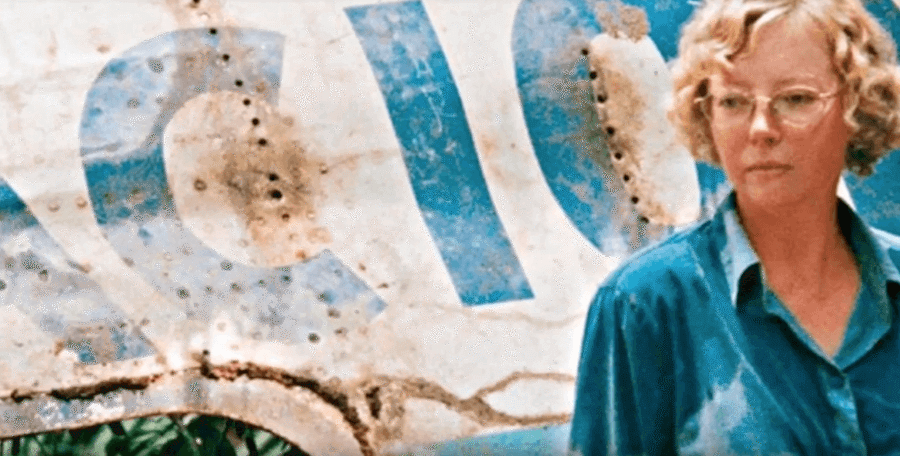
She returned to the crash site in 1998 for the documentary Wings of Hope, which memorialized her incredible story. She sat in seat 19F once more on her flight with director Werner Herzog. The experience was therapeutic for Koepcke.
It was the first time she was able to look at the incident from a distance and, in some ways, gain closure that she hadn’t gotten before. Her remarkable story of survival inspired her to write a memoir, which she titled When I Fell From the Sky
Despite overcoming the trauma of the incident, she was left with one question: why was she the only survivor? It hasn’t left her mind. “It always will.”

The Assassination Of King Alexander
The assassination of King Alexander of Yugoslavia marked a pivotal moment in the country's history. This article delves into the rise and reign of King Alexander, exploring his early life and ascension to the throne. It also examines the political and social climate in interwar Yugoslavia, setting the stage for the tensions and challenges that ultimately culminated in his tragic assassination. By understanding the context in which this event unfolded, we can better grasp the significance and impact it had on the nation and its future.

How a Total Lunar Eclipse Saved Christopher Columbus in 1504
In 1504, Christopher Columbus was stranded in Jamaica with natives who refused to give him food. But he knew the date and time of an upcoming lunar eclipse. So he told the natives that his gods were angry at their treatment of him, and would provide a clear sign. Once the eclipse started, the natives raced to give him food and begged for mercy.

The Tragic Story Of Mary Ann Bevan, The ‘Ugliest Woman In The World’
After the death of her husband, Mary Ann Bevan had no income to support herself and her children. She then decided to enter a contest where she won the title of “ugliest woman” and was later hired by a circus. She endured this ridicule from the world to provide for her family.

Henry Ford, The man popularizing the concept of the weekend off
Henry Ford was the first Industrial Giant to give his employees both Saturday and Sunday off in the hope of encouraging more leisurely use of automobiles and thus popularizing the concept of the "weekend."

The youngest person executed, George Stinney Jr was proven innocent
In 1944, George Stinney Jr. was 14 years old when he was executed in South Carolina. It took only ten minutes to convict him — and 70 years to exonerate him.

The 440-pound bear named Wojtek and his World War II battle against the Nazis
Polish troops raised an orphaned bear cub during WWII. He enjoyed drinking beer, and was trained to salute. He became officially enlisted as a member of the forces, and helped carry artillery during battle.

Nearest Green, America's first known Black master distiller
Nathan "Nearest" Green was an African-American head stiller who is now more frequently referred to as a master distiller. He was renowned for imparting his distilling knowledge to Jack Daniel, the creator of Jack Daniel's Tennessee whiskey distiller, after Jack Daniel was freed from slavery following the American Civil War.

Robert Odlum, the first person to jump off the Brooklyn Bridge
The first person to jump off the Brooklyn Bridge was a professional high diver who "wanted to demonstrate that people did not die simply by falling through the air, thus encouraging people to be willing to jump from a burning building into a net." He proved himself correct by safely falling 135 feet through the air and dying only when he hit the water.

Moondyne Joe: The story of Australia's most notorious prison escapee
A man named Joseph Bolitho Johns (A.K.A Moondyne Joe) broke out of Australian prisons so many times that the police were compelled to build a special cell just for him. He escaped from that as well.

Knockers-up: waking up the Industrial Britain's Workers in 1900-1941
Before alarm clocks were invented, there was a profession called a knocker-up, which involved going from client to client and tapping on their windows (or banging on their doors) with long sticks until they were awake. It lasted into the 1920s.

8 Interesting Facts About The Unsinkable Ship, TITANIC
If you ask your friends what's the most famous ship in history the answer in most cases will be the same, of course the legendary Titanic. Its history is full of mysteries, at first it was a source of hope and national pride as well as proof of the triumphs of mankind but it soon became a source of nostalgia and pain, the extent of which cannot be described in words.

William James Sidis: The smartest person yet forgotten by people
William James Sidis, who was only 11 years old when he enrolled in Hardvard, finished his primary and secondary schooling in less than a year. He knew eight foreign languages by the age of eight and even invented his own language, "vedergood."

Roller Coasters were First Invented to Distract People from sin
Roller coasters were invented to distract Americans from sin. In the 1880s, hosiery businessman LaMarcus Thompson didn’t like that Americans were going to places like saloons and brothels and created the first roller coaster on Coney Island to persuade them to go there instead.

The true story Of The Radium Girls that change US labor laws
Hundreds of young women worked in clock factories during World War I, painting watch dials with luminous radium paint. The company lied about the risk of radiation, claiming there was no danger, which resulted in the death of the young women.

Medals of Friendship: The Enduring Olympic Story of 1936
At the 1936 Summer Olympics, two Japanese pole vaulters named Sueo Oe and Shuhei Nishida tied for second, but they declined to compete against each other. As a result, Nishida was awarded the silver medal and Oe won a bronze medal. Upon returning to Japan, the athletes had their medals cut in half and spliced together to create new "friendship medals," which were half silver and half bronze.

Nicholas Winton ‘British Schindler’: Man who rescued 669 Czech children from Nazis
A man named Nicholas Winton saved 669 kids during WWII and lived almost all his life without letting people know.

George Dantzig solved two famous “unsolved” problems in statistics mistakenly as assignment
In 1939, George Dantzig arrived late to his statistics class. On the board were two famous “unsolved” problems in statistics written as an example by his professor. Dantzig mistook the examples for homework assignments. He solved the “unsolved” problems and submitted the homework to his professor a few days later. His solutions earned him a doctorate.

The true story of Josephine Myrtle Corbin, the lady born with four legs and two private parts
Josephine Myrtle Corbin, an American sideshow performer born in 1868, had a rare condition known as dipygus, which caused her to have four legs, each smaller inner leg paired with one of her outer legs. Corbin joined the sideshow circuit, captivating audiences as the "Four-Legged Girl from Texas."

How Sleep Deprivation Was Once Used as Torture
Sleep deprivation, long before modern interrogation techniques, was considered a “clean” and effective form of torture—leaving no physical scars, yet breaking minds with haunting silence. Victims endured days and nights without rest, leading to vivid hallucinations, disorientation, and psychological torment. This article traces the dark history of sleep deprivation as a weapon, examines the science behind its effects on the brain, and shines a light on the painful balance between human endurance and cruelty in the annals of coercion.

Jack the Baboon operated a railroad, earned a living, and never made a mistake
A baboon worked as a signalman for the railroad in the late 1800s. He never made a mistake and worked for the railroad until the day he died.

Archaeologists Uncover 2,000-Year-Old Amazonian Cities Using Lidar Technology
Deep in the Ecuadorian Amazon, archaeologists have uncovered an ancient network of urban settlements once inhabited by the Upano people about 2,000 years ago. Using cutting-edge lidar technology, these discoveries reveal a highly organized society featuring sophisticated agricultural systems, drainage canals, and extensive road networks. This transformative find challenges long-held assumptions about ancient Amazonian societies and sheds light on a complex civilization thriving in one of the world’s most biodiverse regions.

Max Headroom Incident: America’s Creepiest TV Hack
In 1987 a man hijacked a television station during an episode of Dr. Who and wore a Max Headroom mask and uttered nonsense, and he still hasn’t been caught

Nuclear bomb accidentally dropped on North Carolina in 196
4 January 1961: The 4241st Strategic Wing's Boeing B-52G-95-BW Stratofortress, serial number 58-0187, was on a 24-hour airborne alert mission off the United States' Atlantic Coast.

The Day an Israeli F-15 Landed with One Wing: Zivi Nedivi’s Unbelievable Mid-Air Survival
Discover the astonishing true story of Israeli pilot Zivi Nedivi, who safely landed an F-15 after a mid-air collision tore off its entire right wing. Learn how skill, quick thinking, and the F-15’s unique design turned a disaster into a legendary feat in aviation history

Tunnels Dug by ancient giant sloths, A South American Megafauna
For years, scientists didn’t know what caused mysterious cave networks in South America. In 2010, they learned that the caves were actually tunnels dug by ancient giant sloths


